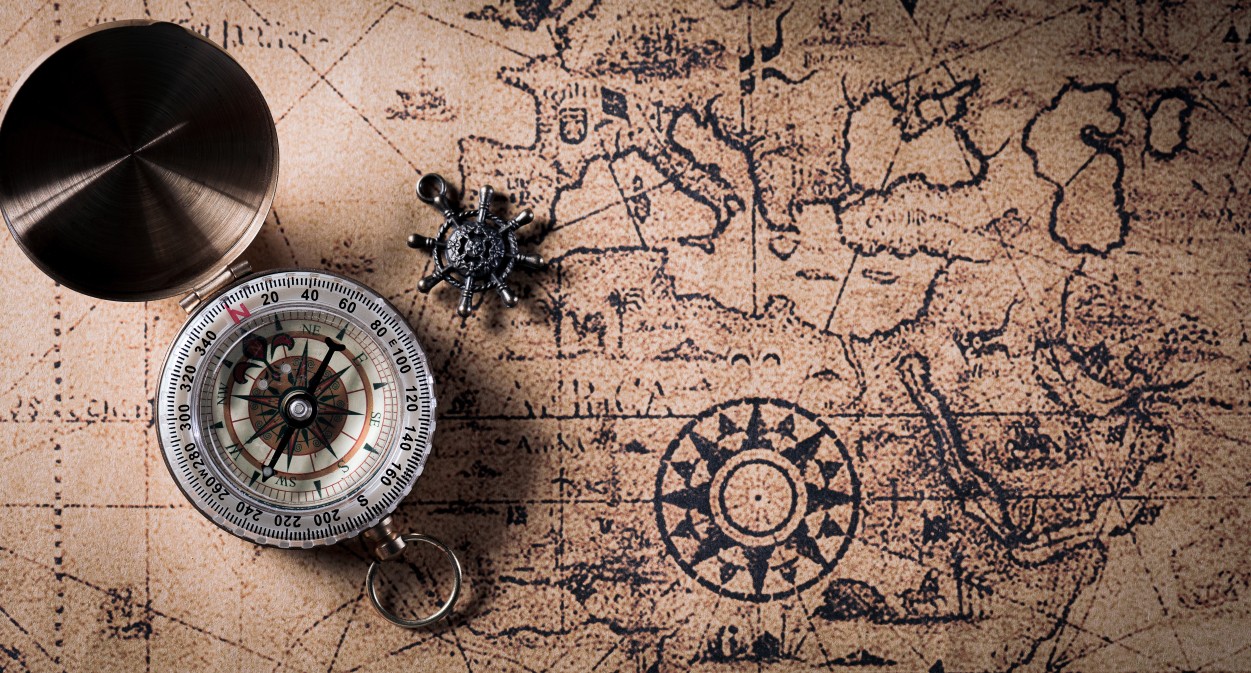Understanding the History of Christopher Columbus and Evaluating the Legacy of the Sailors

Columbus Day is a national holiday that was created in 1892, and during each year, many Americans celebrate Christopher Columbus, the founding of North America and the voyage of the brave sailors. Christopher Columbus founded North America during October 1492. He managed three ships, and initially, the ships reached a large island that is located in the Bahamas. During the next decade, he organized additional voyages, and he explored multiple regions of North America.
Evaluating the History of Christopher Columbus and Researching the Voyage
Read More »Once Christopher returned to his home, he received an apprenticeship in his hometown. Several experts taught Christopher to organize international trades, and he evaluated many products that could generate substantial profits. While he was studying international economics, he also sailed to a large island that is situated in the Aegean Sea.
During 1477, he relocated to Portugal, and he frequently traded many types of products. In 1485, Christopher moved to Spain, and he had earned an excellent reputation. The local traders believed that Christopher was an outstanding navigator. Christopher was able to captain many types of ships, and the young navigator frequently inspired his sailors, reached isolated islands, found new routes and managed large trades.
Searching for a Trade Route
During the 15th century, many navigators attempted to find a trade route that would allow the sailors to reach China. Some sailors had traveled westward for more than five months, yet the navigators had not discovered a new route.
In 1484, Christopher Columbus contacted the king of Portugal, and the young captain suggested that he could establish a trade route that had a length of approximately 2,400 miles. The king denied the proposal, yet Christopher resubmitted the proposal in 1488. The monarch considered the proposal, evaluated the route and contacted multiple consultants; however, the king did not approve the proposal.
During January 1492, the motivated captain described the voyage to the king of Spain, and he also contacted the queen of Spain. Eventually, the royal family approved the request, offered the necessary funds and provided an experienced crew. The royal family suggested that Christopher Columbus could become the viceroy of the new lands. Once the colonies generated revenue, the captain would receive 10 percent of the revenue.
Sailing to North America and Exploring the Atlantic Ocean
Christopher Columbus earnestly prepared the ships, the crew, the detailed maps and the necessary equipment. In August 1492, the ships left Spain, and initially, the ships arrived in the Canary Islands. The crew obtained additional supplies, made necessary repairs and gathered extra food. On September 6, 1492, the ships left the Canary Islands, and the ships quickly traveled westward.
Finding Large Islands
The durable ships sailed for more than five weeks, and the ships were affected by numerous storms. On October 7, 1492, the crew observed a large flock of birds. Once the crew saw these birds, multiple sailors believed that the ships were traveling toward an island.
On October 11, 1492, the crew spotted land, and the crew quickly notified Christopher Columbus. When the ships reached the land, the crew met the local inhabitants. The sailors attempted to communicate with the local inhabitants, and the people kindly greeted the visitors. The crew had reached San Salvador, and this island has an area of at least 62 square miles. San Salvador features gorgeous forests, large lakes, sizable hills and many types of trails.
Once the crew explored San Salvador, the sailors searched for nearby islands, and on October 28, 1492, the ships reached Cuba. The crew visited the northeastern region of Cuba, met the local inhabitants and found several villages.
In November 1492, Christopher Columbus also explored Hispaniola, and currently, this island contains several countries. The captain met a local leader, and the chieftain allowed some sailors to remain on the island.
During January 1493, the ships reached a large bay that is located near Hispaniola. The crew met a belligerent group that resided on the island, and according to several reports, this tribe was the only group that did not welcome the sailors. After the ships left Hispaniola, the crew encountered a substantial storm. Eventually, the ships reached the Azores, and some of the sailors found a local chapel. The sailors prayed, explored the island and rested. While the crew visited the island, the governor imprisoned multiple sailors for two days. The governor believed that the sailors were pirates, but once Christopher Columbus described the long voyage, the governor quickly released the sailors.
The ships sailed to Portugal, and subsequently, the ships traveled to Spain. The royal family welcomed the sailors, celebrated the founding of North America and provided many types of rewards. Additionally, Christopher Columbus helped the royal family to plan the next voyage.
Celebrating the Founding of North America and Organizing the New Voyages
When Christopher Columbus arrived in Spain, many people originally believed that the crew had traveled to Asia, and some citizens thought that the crew discovered islands that are situated near China. Eventually, most people realized that Christopher Columbus had found a large continent.
In September 1493, Christopher Columbus prepared for his next voyage, and the royal family provided 17 ships, more than 1,200 sailors and extra supplies. During November 1493, the ships arrived at the Windward Islands. The sailors visited Antigua, the Virgin Islands, Montserrat, Saint Martin and other islands. In March 1496, the ships traveled toward Spain, and the sailors arrived during July 1496.
Throughout the next eight years, Christopher Columbus managed additional voyages, and the experienced sailors explored the eastern coast of South America. After his fourth voyage, the well-known captain also wrote several books, and according to many reports, Christopher Columbus became more religious.
The captain managed multiple voyages that helped the sailors to explore North America, and he also located many islands. When people celebrate Columbus Day, they are recognizing the bravery of Christopher Columbus, the innovation of the sailors and the perseverance of the crew.





